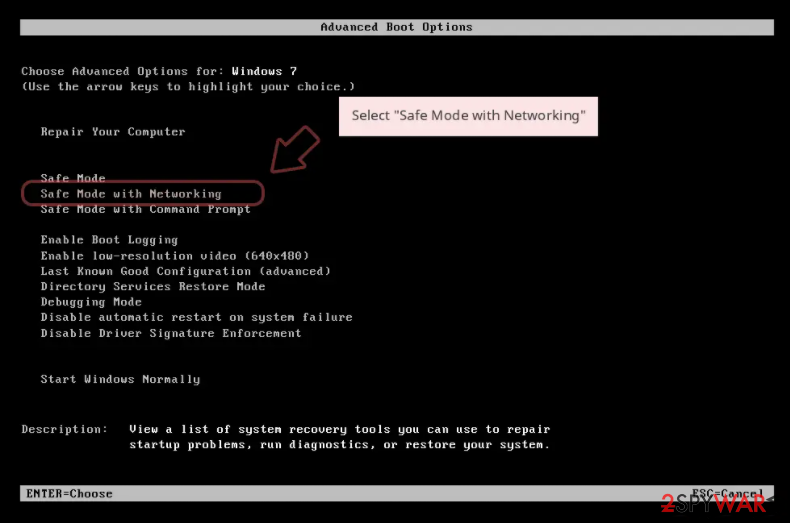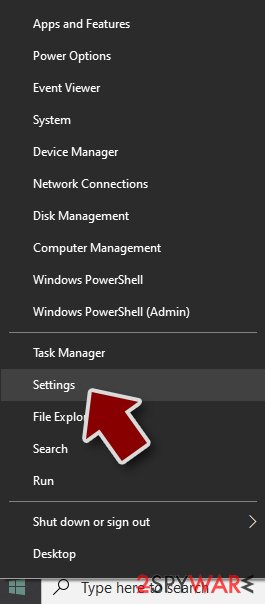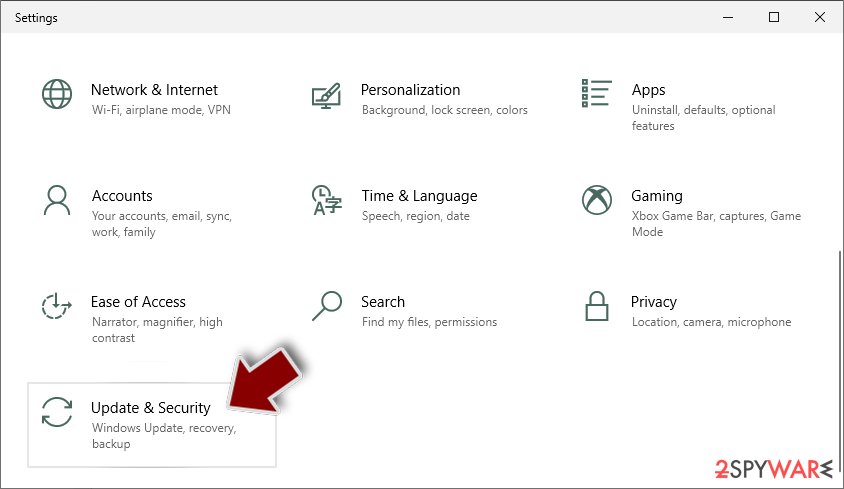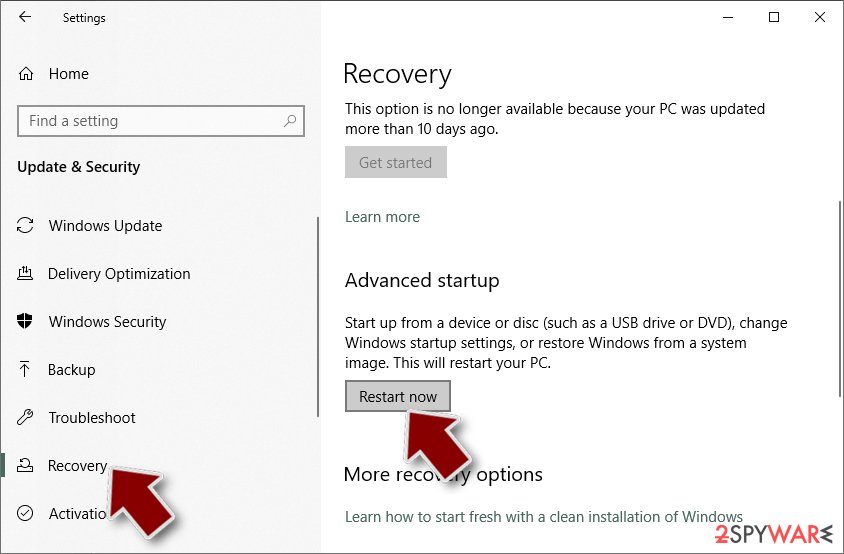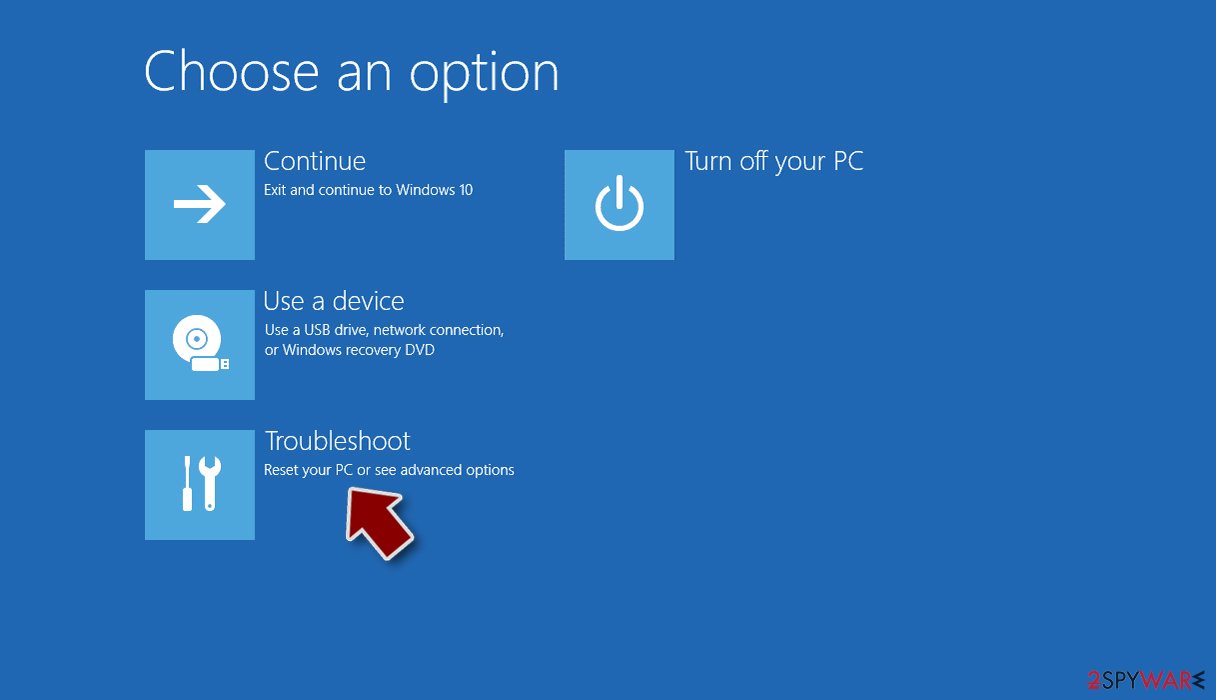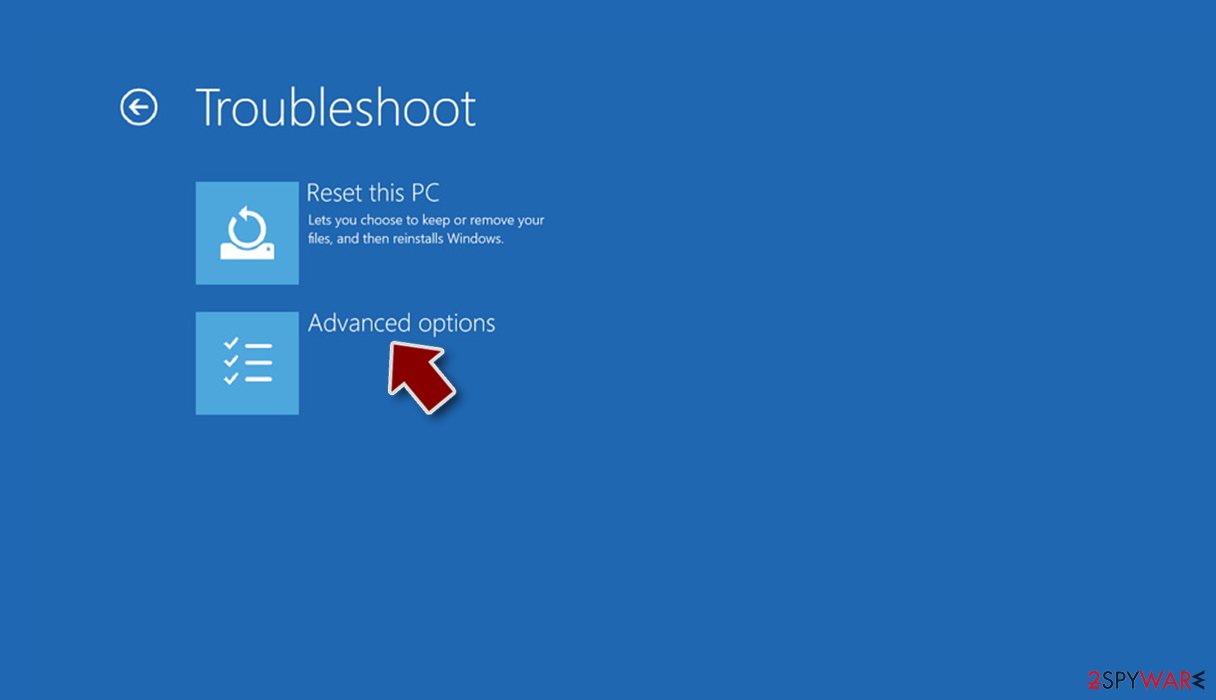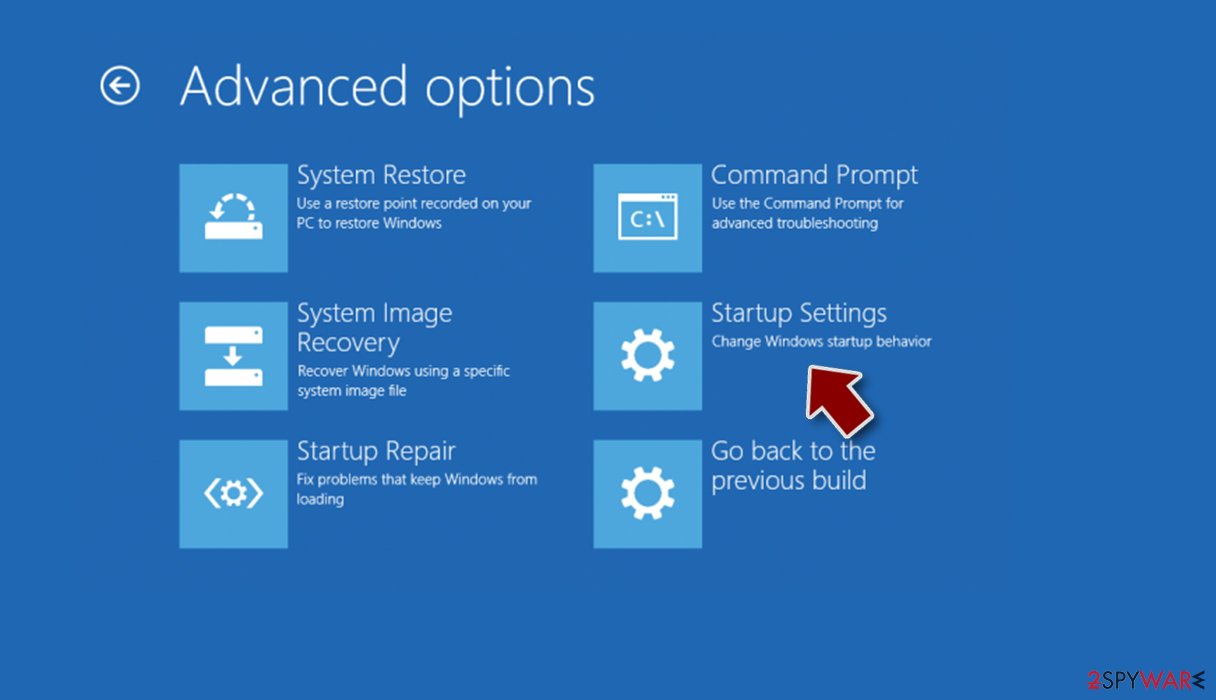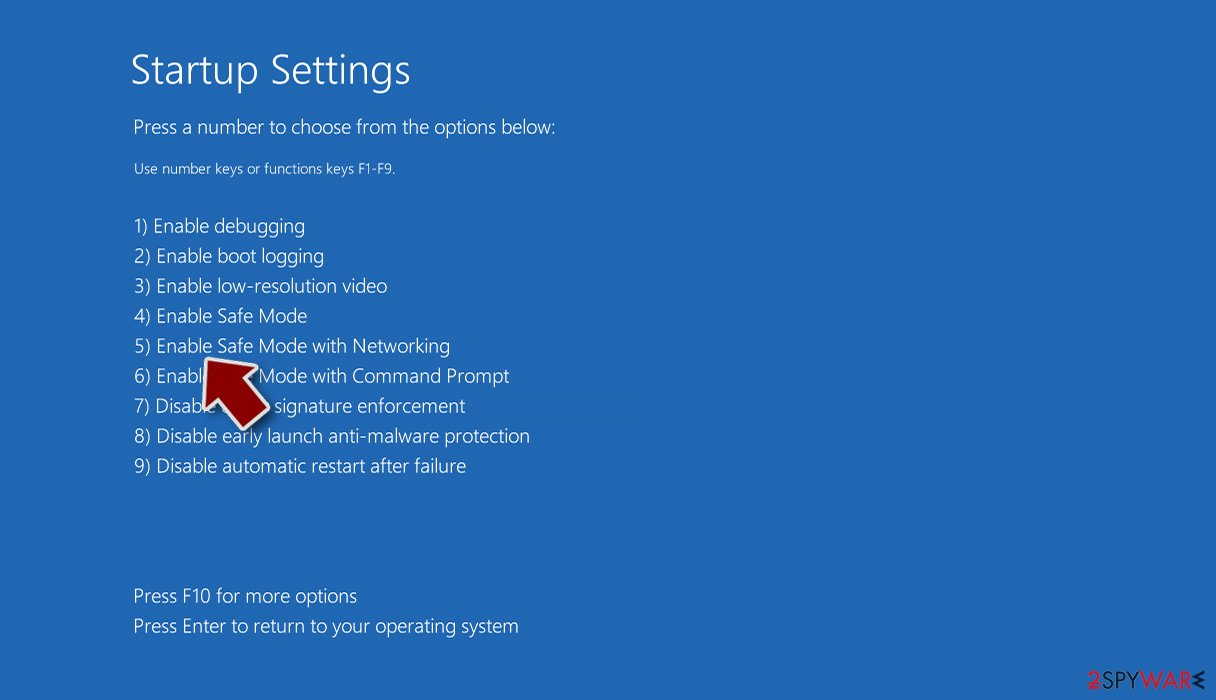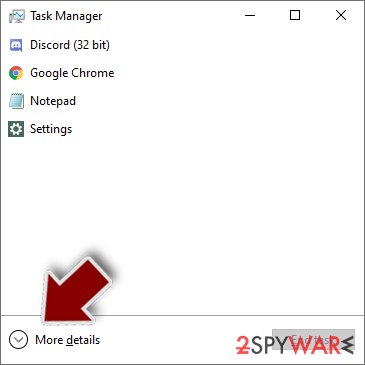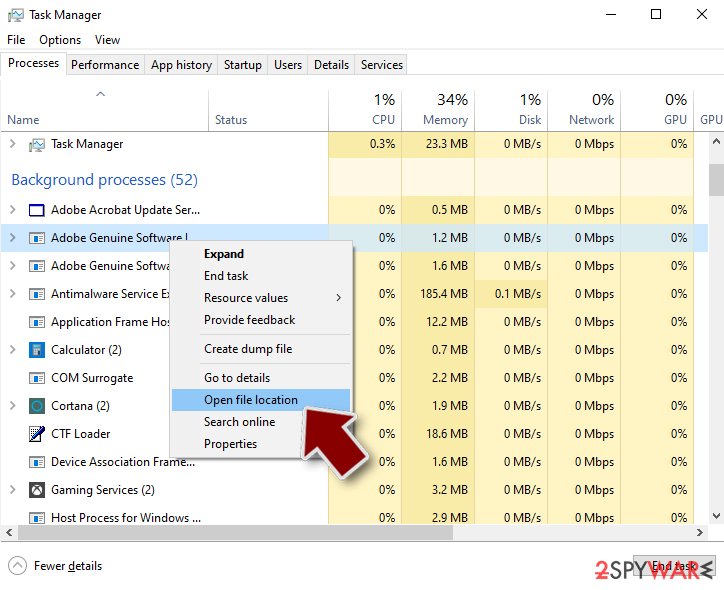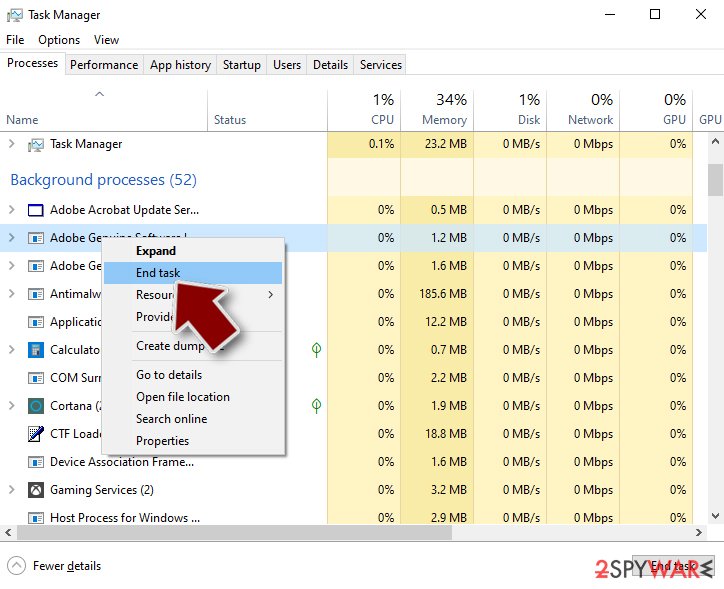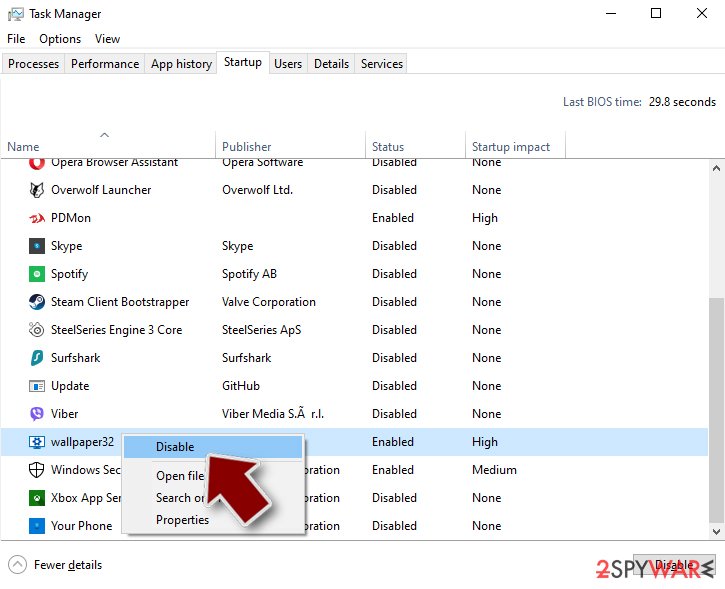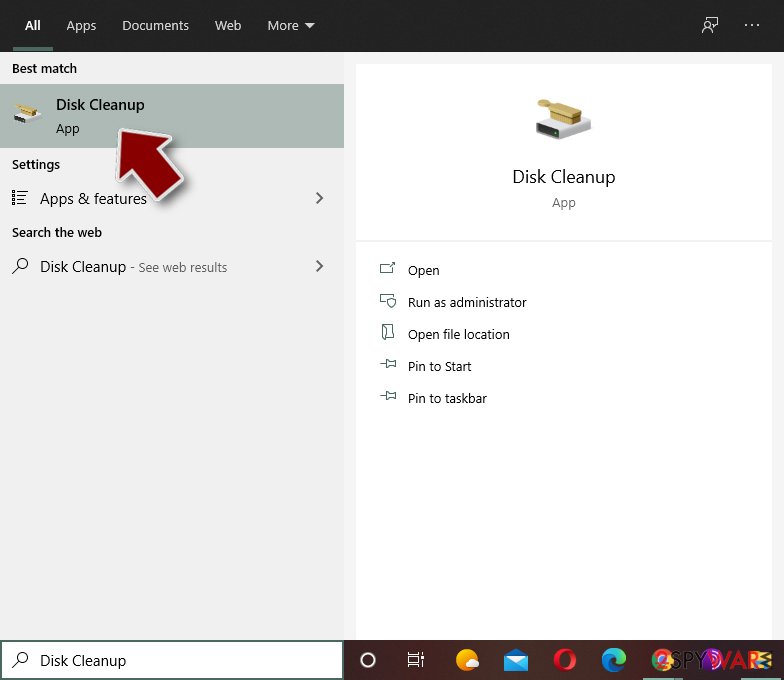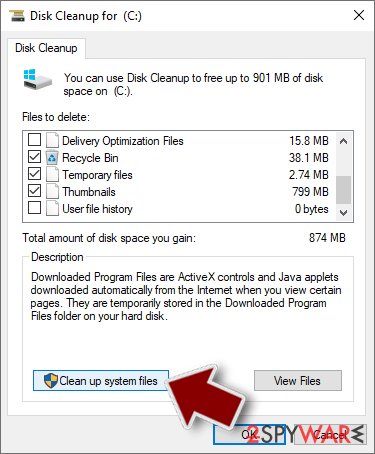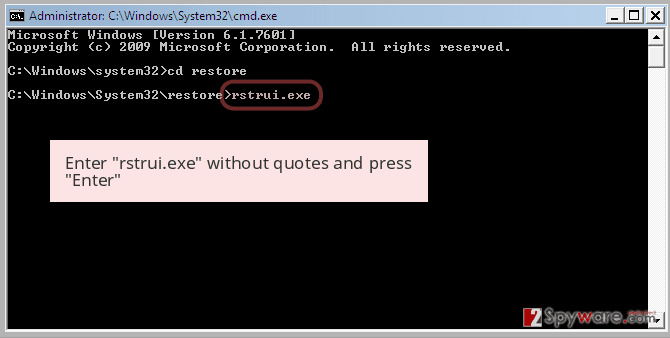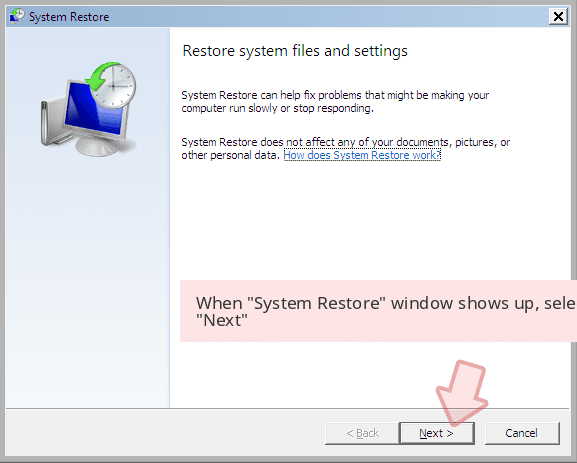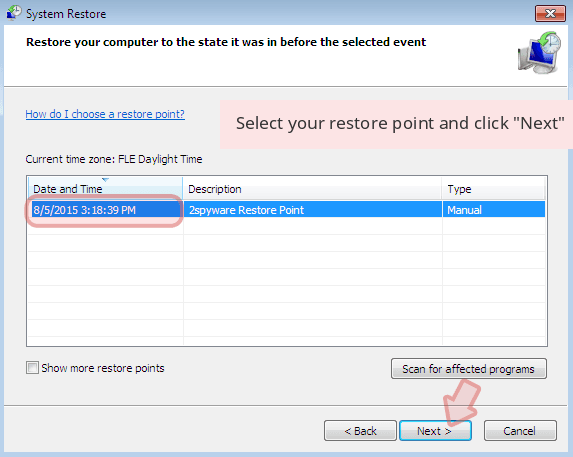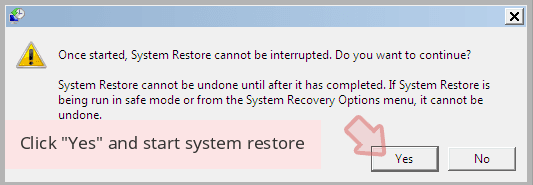SkyName ransomware / virus (Removal Instructions) - Bonus: Decryption Steps
SkyName virus Removal Guide
What is SkyName ransomware virus?
SkyName a fake-crypter that demands money for data “decryption”
SkyName virus is another HiddenTear follow-up [1] that uses the open source code of this educational program to infect computers for the money-making purposes. Unfortunately, the good intentions of HiddenTear creators have turned upside down when the hackers have found a way to use this code for their malicious purposes. In a sense, the hackers have been gifted a free ransomware building kit [2], so it only natural that they took the chance to try it out. The good thing about SkyName malware is that it is a fake-crypter [3]. This means that the program does not have malicious encryption algorithm implemented. Thus, it does not lock files. Nevertheless, the extortionists rely on well-developed scare tactics [4] and employ social engineering tricks to get the users to pay for the files without even trying to look for other alternatives. SkyName is not the most destructive creation out there, but other HiddenTear spin-offs might not be as merciful. These parasites may actually encrypt your files damaging them for good. Hence, we want to urge you to take precautions against ransomware attack and invest some time and resources in proper data protection [5]. If the virus is already on your computer, you should reject any payment requests and remove SkyName unhesitatingly. We recommend using FortectIntego for the virus removal.
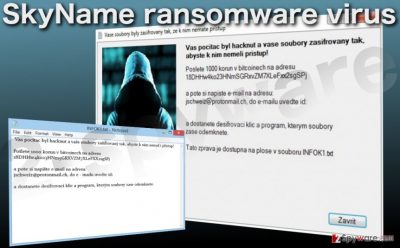
SkyName is a ransomware primarily oriented towards the Czech-speaking computer users. The virus not only spreads within the Czech Republic but features ransom note in this language as well. In that sense it is similar to our recently discussed Czech ransomware. The contents of SkyName ransom note are presented in the picture above and in English they roughly translates as:
Your computer was hacked and your files are encrypted so you can access them and did not have access!
Send 1,000 CZK Koruna in Bitcoin address
18DHHw4ko23HNm5GRXVZM7XLeFXX2sgSPj
Then you and your e-mail address:
jschweiz@protonmail.ch to e – mail ID specified:
*****
and get a decryption key and program, which in turn unlock files.
The report is available on the desktop file INFOK1.txt
Though the demanded amount of ransom is not large (1,000 CZK Koruna equals around 40 USD) there is no reason to pay it since the files are not actually encrypted. You should better start looking for some effective SkyName removal options and banish this virus from your computer right away.
How to protect files from ransomware infection?
SkyName infection is linked to Blablabla.exe file which is usually detected on the computers when this fake-crypter is installed. This file may get installed via infected social media links or software sharing sites. The latter is more common since the malicious payload can infect devices with minimal interaction from the user. In other words, the victim has to accept the installation of a software package that secretly carries SkyName payload and the virus will do the rest itself. Though this virus is not a file-locking infection, its malicious counterparts spread almost identically. Thus, you must always check whether the content you are installing on your PC is actually safe.
Remove SkyName and recover your files:
Luckily, with this virus, you simply have to remove SkyName to reclaim your personal data. Antivirus software is designed specifically for this purpose, so the virus extermination will not take long. Of course, the duration of SkyName removal procedure depends on the type of software you use for the removal. If you use heavier antivirus suite — it might take a little longer. However, lightweight anti-malware utilities can be just as successful with the SkyName virus.
Getting rid of SkyName virus. Follow these steps
Manual removal using Safe Mode
SkyName virus may attempt blocking your antivirus from eliminating it from the computer. In such a case, you should follow the instructions provided below and repeat the system scan again.
Important! →
Manual removal guide might be too complicated for regular computer users. It requires advanced IT knowledge to be performed correctly (if vital system files are removed or damaged, it might result in full Windows compromise), and it also might take hours to complete. Therefore, we highly advise using the automatic method provided above instead.
Step 1. Access Safe Mode with Networking
Manual malware removal should be best performed in the Safe Mode environment.
Windows 7 / Vista / XP
- Click Start > Shutdown > Restart > OK.
- When your computer becomes active, start pressing F8 button (if that does not work, try F2, F12, Del, etc. – it all depends on your motherboard model) multiple times until you see the Advanced Boot Options window.
- Select Safe Mode with Networking from the list.

Windows 10 / Windows 8
- Right-click on Start button and select Settings.

- Scroll down to pick Update & Security.

- On the left side of the window, pick Recovery.
- Now scroll down to find Advanced Startup section.
- Click Restart now.

- Select Troubleshoot.

- Go to Advanced options.

- Select Startup Settings.

- Press Restart.
- Now press 5 or click 5) Enable Safe Mode with Networking.

Step 2. Shut down suspicious processes
Windows Task Manager is a useful tool that shows all the processes running in the background. If malware is running a process, you need to shut it down:
- Press Ctrl + Shift + Esc on your keyboard to open Windows Task Manager.
- Click on More details.

- Scroll down to Background processes section, and look for anything suspicious.
- Right-click and select Open file location.

- Go back to the process, right-click and pick End Task.

- Delete the contents of the malicious folder.
Step 3. Check program Startup
- Press Ctrl + Shift + Esc on your keyboard to open Windows Task Manager.
- Go to Startup tab.
- Right-click on the suspicious program and pick Disable.

Step 4. Delete virus files
Malware-related files can be found in various places within your computer. Here are instructions that could help you find them:
- Type in Disk Cleanup in Windows search and press Enter.

- Select the drive you want to clean (C: is your main drive by default and is likely to be the one that has malicious files in).
- Scroll through the Files to delete list and select the following:
Temporary Internet Files
Downloads
Recycle Bin
Temporary files - Pick Clean up system files.

- You can also look for other malicious files hidden in the following folders (type these entries in Windows Search and press Enter):
%AppData%
%LocalAppData%
%ProgramData%
%WinDir%
After you are finished, reboot the PC in normal mode.
Remove SkyName using System Restore
Ransomware like SkyName may not be especially malicious but they can fight for their place on your computer. They may try block your antivirus from running the systems scan and eliminating the malicious files. Don’t worry though. You can use the following instructions to decontaminate the virus and run the system scan properly.
-
Step 1: Reboot your computer to Safe Mode with Command Prompt
Windows 7 / Vista / XP- Click Start → Shutdown → Restart → OK.
- When your computer becomes active, start pressing F8 multiple times until you see the Advanced Boot Options window.
-
Select Command Prompt from the list

Windows 10 / Windows 8- Press the Power button at the Windows login screen. Now press and hold Shift, which is on your keyboard, and click Restart..
- Now select Troubleshoot → Advanced options → Startup Settings and finally press Restart.
-
Once your computer becomes active, select Enable Safe Mode with Command Prompt in Startup Settings window.

-
Step 2: Restore your system files and settings
-
Once the Command Prompt window shows up, enter cd restore and click Enter.

-
Now type rstrui.exe and press Enter again..

-
When a new window shows up, click Next and select your restore point that is prior the infiltration of SkyName. After doing that, click Next.


-
Now click Yes to start system restore.

-
Once the Command Prompt window shows up, enter cd restore and click Enter.
Bonus: Recover your data
Guide which is presented above is supposed to help you remove SkyName from your computer. To recover your encrypted files, we recommend using a detailed guide prepared by 2-spyware.com security experts.If your files are encrypted by SkyName, you can use several methods to restore them:
Finally, you should always think about the protection of crypto-ransomwares. In order to protect your computer from SkyName and other ransomwares, use a reputable anti-spyware, such as FortectIntego, SpyHunter 5Combo Cleaner or Malwarebytes
How to prevent from getting ransomware
Stream videos without limitations, no matter where you are
There are multiple parties that could find out almost anything about you by checking your online activity. While this is highly unlikely, advertisers and tech companies are constantly tracking you online. The first step to privacy should be a secure browser that focuses on tracker reduction to a minimum.
Even if you employ a secure browser, you will not be able to access websites that are restricted due to local government laws or other reasons. In other words, you may not be able to stream Disney+ or US-based Netflix in some countries. To bypass these restrictions, you can employ a powerful Private Internet Access VPN, which provides dedicated servers for torrenting and streaming, not slowing you down in the process.
Data backups are important – recover your lost files
Ransomware is one of the biggest threats to personal data. Once it is executed on a machine, it launches a sophisticated encryption algorithm that locks all your files, although it does not destroy them. The most common misconception is that anti-malware software can return files to their previous states. This is not true, however, and data remains locked after the malicious payload is deleted.
While regular data backups are the only secure method to recover your files after a ransomware attack, tools such as Data Recovery Pro can also be effective and restore at least some of your lost data.
- ^ Jornt van der Wiel. Hidden tear and its spin offs. Securelist.com. Information about hackers, viruses and spam.
- ^ Karsten Hahn; Tilman Frosch. It's Educational - On the No 1 Argument for Open Source Ransomware. Gdatasoftware security blog.
- ^ Fahmida Y. Rashid. Ransomware is no joke, but sometimes, amateur attackers use 'pretend' ransomware -- and you can get your data back easily. InfoWorld from IDG.
- ^ Keith Herstek. Ransomware: It is not just a scare tactic. Herstek & Associates, LLC COMPUTER SUPPORT AND TECHNOLOGY CONSULTING.
- ^ How to protect against file-encrypting ransomware. Kaspersky labs.
